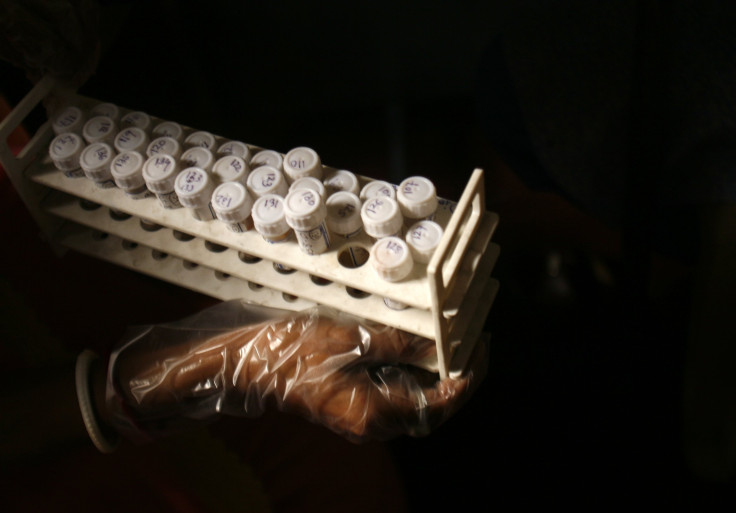Scripps Research Institute Designs Drug That Significantly Drops HIV Reactivation Rate

Scientists from The Scripps Research Institute's (TSRI) Florida campus have shown that a compound called Cortistatin A can limit the residual level of HIV, a virus that lives inside dormant infected cells and causes AIDS.
HIV remains dormant inside infected cells for many years. Because of this, people infected with HIV have to take antiretroviral therapy for the rest of their lives for survival. If the antiretroviral therapy is interrupted, an increase in the virus or clinical progression of AIDS will likely be observed in the patient.
However, the researchers at TSRI claim that Cortistatin A can help reduce the level of residual HIV that remain in the dormant infected cells. According to the team, the natural compound can help virus reach a state of almost permanent latency. It also reduces HIV's reactivation rate.
The researchers believe that the study results provide an alternative to the current antiretroviral therapy or anti-HIV strategies used for the management of patients.
“Prior treatment with Cortistatin A significantly inhibits and delays viral rebound in the absence of any drug. Our results suggest current antiretroviral regimens could be supplemented with a Tat inhibitor such as Cortistatin A to achieve a functional HIV-1 cure, reducing levels of the virus and preventing reactivation from latent reservoirs,” said lead researcher Susana Valente in a press statement released by the institute.
According to the statistics furnished by the Centers for Disease Control and Prevention (CDC), nearly 1,218,400 people aged 13 and above are infected by HIV. In addition, 12.8 percent of the infected individuals are unaware of the condition.
The complete study has been published in the journal mBio.
© Copyright IBTimes 2024. All rights reserved.











